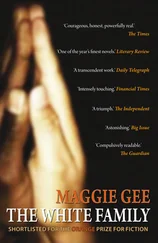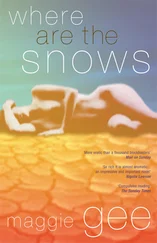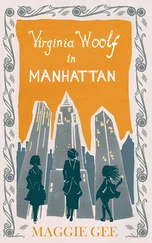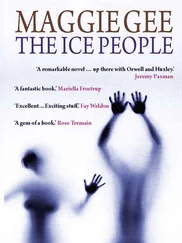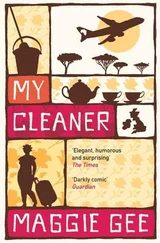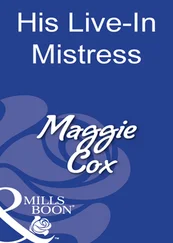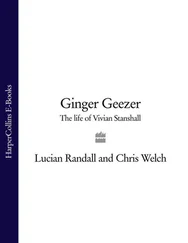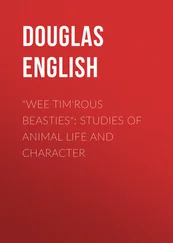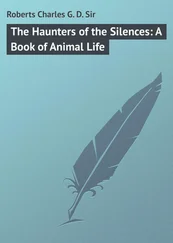Came the day of the visitor from somewhere outside in a mackintosh — maybe London? I was only six — and the whole school gathered together to watch an inspiring slide-show, on a hanging screen, about Typhoo tea. We saw pictures of glowing green India, and women in beautifully patterned pinks and reds, their heads protected by scarves, picking ‘only the finest tips’ from the rows of tea-plants. We were told a little about the women’s lives, and a lot about the life-story of the tea, how it shrank black and dry and arrived at last in silver-paper packets cased in small neat cardboard boxes, to be decanted into the metal caddies on all our mothers’ kitchen-shelves. (British kitchens, like Indian tea-picking jobs, then belonged only to the mothers.) The opening of this window on the world by the rain-coated visitor from London presaged a great excitement: the Typhoo Tea Handwriting Competition.
The assembled school was instructed by Mr Norris to write the story of a day in the life of a tea-picker, for possible ‘national prizes’. Alight with the happiness of ignorant invention, I wrote a five-page, semi-illegible saga of the life of a woman to whom I gave the well-known Indian name of Iris. Mr Norris saw past the ink-storm and was delighted; he read out my essay to the whole school, all twenty or so of us, that is, including the ‘top class’, a row by the window of six giant boys with big legs in short trousers who looked at me sourly. Three stories were submitted for the overall Typhoo prize, including mine, which I hoped was the best. All three stories came back unplaced in the overall competition, but with consolation ‘school’ prizes; big-legged Roy from the ‘top class’ was, I think, first, Margaret Gee third. Typhoo clearly took the handwriting aspect of the competition more seriously than Mr Norris; they must have been puzzled by my submission with its shambling, no-longer-tutored, ink-spurting loops.
At my next berth, Billingshurst County Primary, which also taught italic, I hung on grimly to my loops, swearing that this was what Watersfield had taught me; and at Horsham High School I was one of the only loop-writers in my year. But then around fifteen, when all pressure was past, I decided, like every adolescent, to design my own signature, and at the same time to revamp my handwriting. Italics were suddenly the only stylish choice; loops now seemed slow and fusty. I have been an italic writer ever since, and, too late for the Typhoo Tea prize, am legible and neat.
But quite early into this story of manual strain and difficulty, print erupted, objective, grownup, an amazement.
Machines in the 1950s tended to be clunky and cabinet-sized, of public interest. They arrived in town centres or on railway stations, to be admired and inspected. Our most regular journeys as a family were back from Bromsgrove, or later Billingshurst, to Wolverton, and on one such journey, changing as we did in London but also from time to time at stations like Crewe, all four of us were impressed by a giant crimson machine on the station platform. What it ejected (primed with money and the right manipulations of a heavy-duty handle on the right, a thing like the massive hand of a clock which could be pointed, creaking, to various letters) was slim strips of soft metal, like gardeners’ plant labels, aluminium or more likely lead, I think now, on which anything you chose could be printed in relief, standing up in glorious regularity, part of the public world, indubitable, beyond the reach of carping by teachers, safe from my own desperate efforts with erasers, definitely true: MARGARET GEE.
It was, like the advent of the typewriter early in the twentieth century and the computer and printer of the last two decades, part of the second phase of the Gutenberg revolution, in which print became commonplace, democratic. In the first, fifteenth-century, phase, the invention of print took writing and reading beyond the constraints of the careful caste of monks who copied books by hand. But printing was still laborious, controlled by the small number of printing-presses and the beliefs and tastes of those who owned them. Books remained relatively few, expensive and respected. Now in the twenty-first century the meaning of print has changed: it has lost perhaps half its authority for that half of the world who have it at their fingertips. Few people with a printer in their bedroom and advertising copy spewing through their letter-boxes will believe something just because it is printed.
In 1955 things were different. Books were still valued partly because of the war, ended only a decade ago, when paper was rare and publishers put, apologetically, ‘war economy standard’ in the front of their books, to show that production was under constraint. Typewriters were massive iron things, black-painted upright sisters of sewing-machines, more for offices than private houses. The success of italic writing depended partly on its clarity and its resemblance to type, the way it brought individual writing closer to the public sphere, moving in the opposite direction to the extravagant loops and coils of eighteenth- and nineteenth-century copperplate which had tilted it towards luxury, privacy, eccentricity.
There was a brief phase, during which I myself grew up, when ordinary names like mine could gain awesome stature and authority by being printed, thanks to machines like my railside crimson mammoth and all the other different kinds of personalised printing that followed — black plastic strips with white raised letters, transparent sheets of fragile ‘Letraset’ transfer letters, machine-embroidered cloth name-tapes, ordered through the post, that magically produced multiple perfect ‘Margaret Gees’.
With my new metal printed strips from the station, I was almost famous. I was real. I had somehow joined the world of books, or had proved I could join, one day, the world of books. I think the day when I came home with my laboriously stamped-out name on grey metal clutched in the pocket of my duffel-coat, and found, almost unbelieving, that it was still there next day and was not a dream, was even more exciting than the day two or three years later when Mickey Mouse comic’s ‘News’ page carried a medium-sized headline half-way down, ranged left: ‘BUDDING AUTHORESS OF BILLINGSHURST, AGED 10.’
To my brother’s amazement Mickey Mouse reported that the B A of B, Margaret Gee, had sent in a ‘book’ about a cowboy ranch. It was true. I had written it by hand, in blue ink, twenty pages of Basildon Bond (the small size, also blue), its own glued-pad-formation reinforced with sellotape. The book had changed course half-way through, to my mother’s disappointment; in the first few pages I was writing about ‘eligible bachelors’, which she sensed, rightly, would be funny, but because I knew nothing about eligible bachelors, I stopped. Encouraged to go on, I swerved into the kind of story I was reading from my elder brother’s bookshelves, full of my real love-objects of the time, horses, and with the kind of happy ending that Mickey Mouse turned out to like. Thus was my handwriting for the first time translated into somebody else’s print.
But grammar school followed, and the Horsham High School Magazine. A succession of poems called things like ‘Autumn Gold’ and ‘Autumn Sunset, Beachy Head’ (seasonal obsession due only to the recurrent winter submission date) were printed year on year, though my English teacher suggested with a grim smile that I remove the simile, ‘like menstrual blood’, from my paean to reddening skies. I replaced it with ‘like fading fireships’, which neither of us realised was worse.
But I do remember an uneasy sense that I might be already out of date. What with schooldays and adolescent angst, I was too busy to pursue the rather modern fictional enterprise that the Budding Authoress had based on the western, so poetry became my outlet, and my masters were nineteenth-century, Tennyson, Matthew Arnold and even Swinburne. There were other, cooler girls at school, slender, arty Jane Ware, for example, dark eyes in a pale matte heart-shaped face and wiry black, well-cut hair, her wand-like waist caught in by the widest of then-fashionable wide belts; she and her friend Trisha were writing fragmented, symbolist poems of haiku brevity while I was still galumphing unstoppably through my iambic pentameters towards autumn sunsets. But Miss Robinson (strong-jawed editor of the magazine) and the other English staff approved of me. Moreover I was in the L or Latin stream, the top stream, whereas Jane had been misdirected into the G for German, from which she was only later fished up into the Latinate light (unbelievably, thinking of the nervous tactfulness with which streaming is concealed today, there was also a C for Cookery class. And this was a grammar school! Stay in the kitchen, dunces.)
Читать дальше

